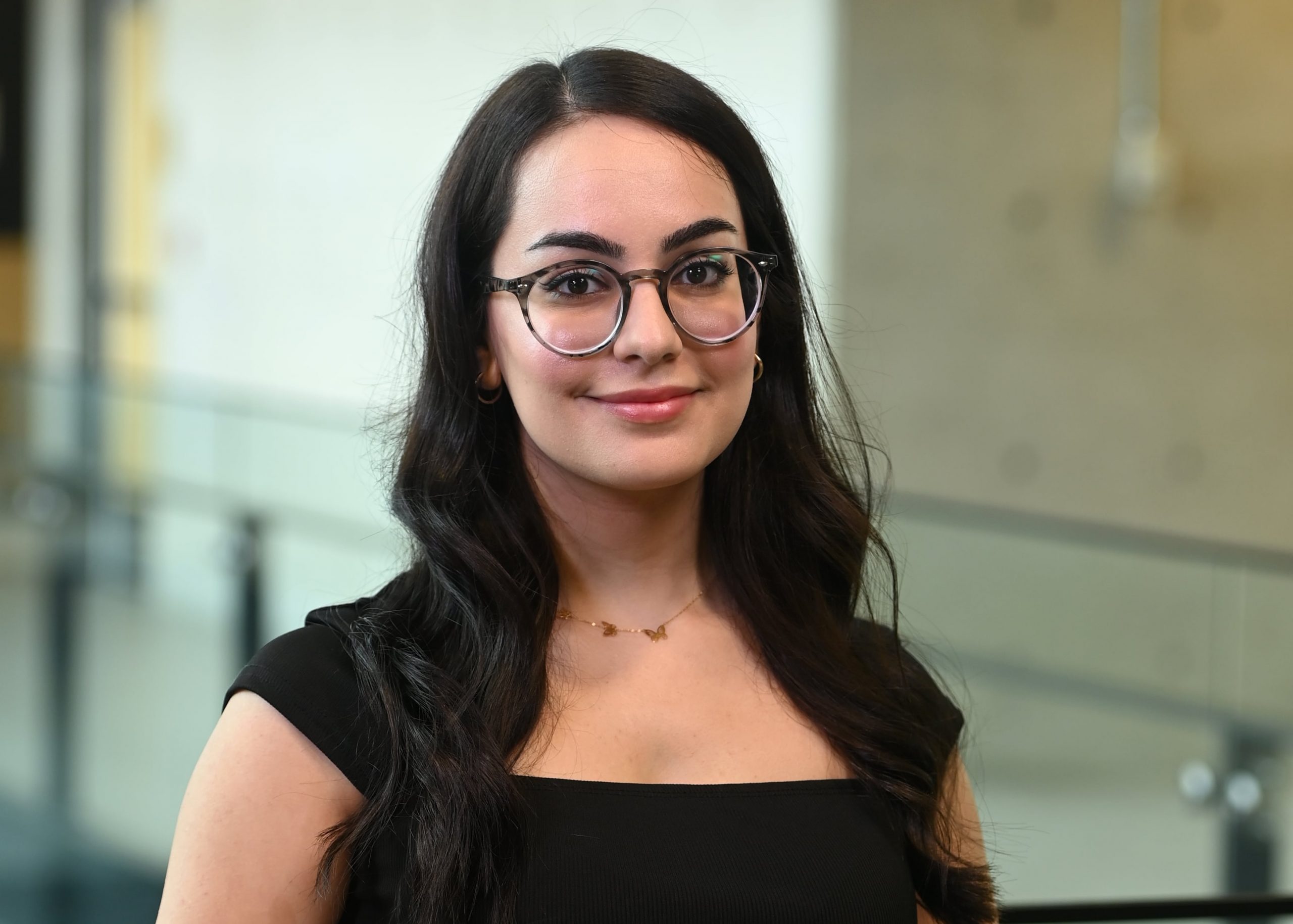
Pioneered by a group of neurophysiologists, computer scientists and neurosurgeons, including prominent Canadian researchers, including Prof. Andres Lozano and Prof. Jonathan Dostrovsky of the University of Toronto, Deep Brain Stimulation (DBS) has emerged in the last 30 years as an elegant way to modify brain function by delivering electrical pulses into the key regions of the brain. Closed-loop Deep Brain Stimulation (DBS) is further transforming neuromodulation for neurological conditions like Parkinson’s disease, epilepsy, and depression. Unlike traditional DBS, which delivers constant electrical impulses, closed-loop DBS adjusts stimulation in real-time based on feedback from the brain. This dynamic capability enables the device to respond to specific brain activity patterns, potentially offering more precise symptom control and fewer side effects.
Brain activity is transient, yet constantly flowing from a brain region to region. Brain neurons are playing an electrochemical ping-pong of potentials flowing within circuits that define isolate, yet intertwined pathways responsible for a variety of functions and capable of eliciting distinct activity patterns in the completely regions. Closed-loop DBS was designed to adaptively respond to these changes in brain activity. Traditional DBS operates on a “fixed-dose” principle, while closed-loop systems monitor neural activity, allowing for customized stimulation based on live data. As brain activity patterns responsible for disease symptoms emerge, the closed loop system sensors pick up on subtle changes in the CNS. Once abnormal signals are detected with high enough certainty, the device modulates stimulation levels to address the emerging symptoms before they manifest.
Current research on closed-loop DBS is focused on evaluating its effectiveness in conditions with recurrent, fluctuating and wavelike symptoms. For Parkinson’s disease, where “on-off” symptom shifts are common, early findings suggest that closed-loop DBS may offer better control than traditional methods. In epilepsy, the closed loop DBS shows potential to prevent seizures by identifying abnormal brain patterns and adjusting stimulation. Studies on severe depression suggest closed-loop DBS could adjust in real-time to counter mood changes, promising a new option for treatment-resistant cases.
Closed-loop DBS could offer enhanced symptom management, adaptability to changing disease states, and most importantly fewer side effects. Automatic adjust of the stimulation dose renders patients more independent of constant need for recurrent visits to fine-tune the device setting which improves their quality of life. However, the technology’s complexity and cost still pose significant challenges. The device requires sophisticated software to differentiate between normal and abnormal brain signals. Since the technology is fairly new, its long-term efficacy and safety is yet to be studied.
Therefore, future advancements in closed-loop DBS will likely focus on refining algorithms that are used to enhance the speed and efficiency of online signal processing, making the technology more reliable and customizable for individual patient needs. Integrating artificial intelligence algorithms may enhance the precision of DBS via learning from large amounts of patient-specific data. The neuroethical and legislative considerations surrounding the use of autonomously adjusting brain stimulation devices are yet to be shaped, as healthcare authorities are gaining a better understanding of the technology’s capabilities and possible risks for patient well being, personal data security and informed consent to self-modifying treatment paradigm.
Photo by Google DeepMind










